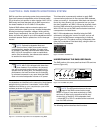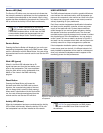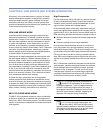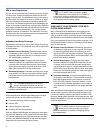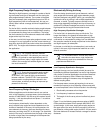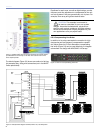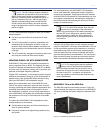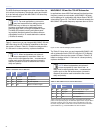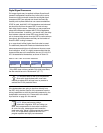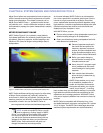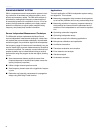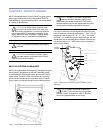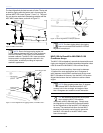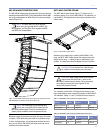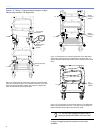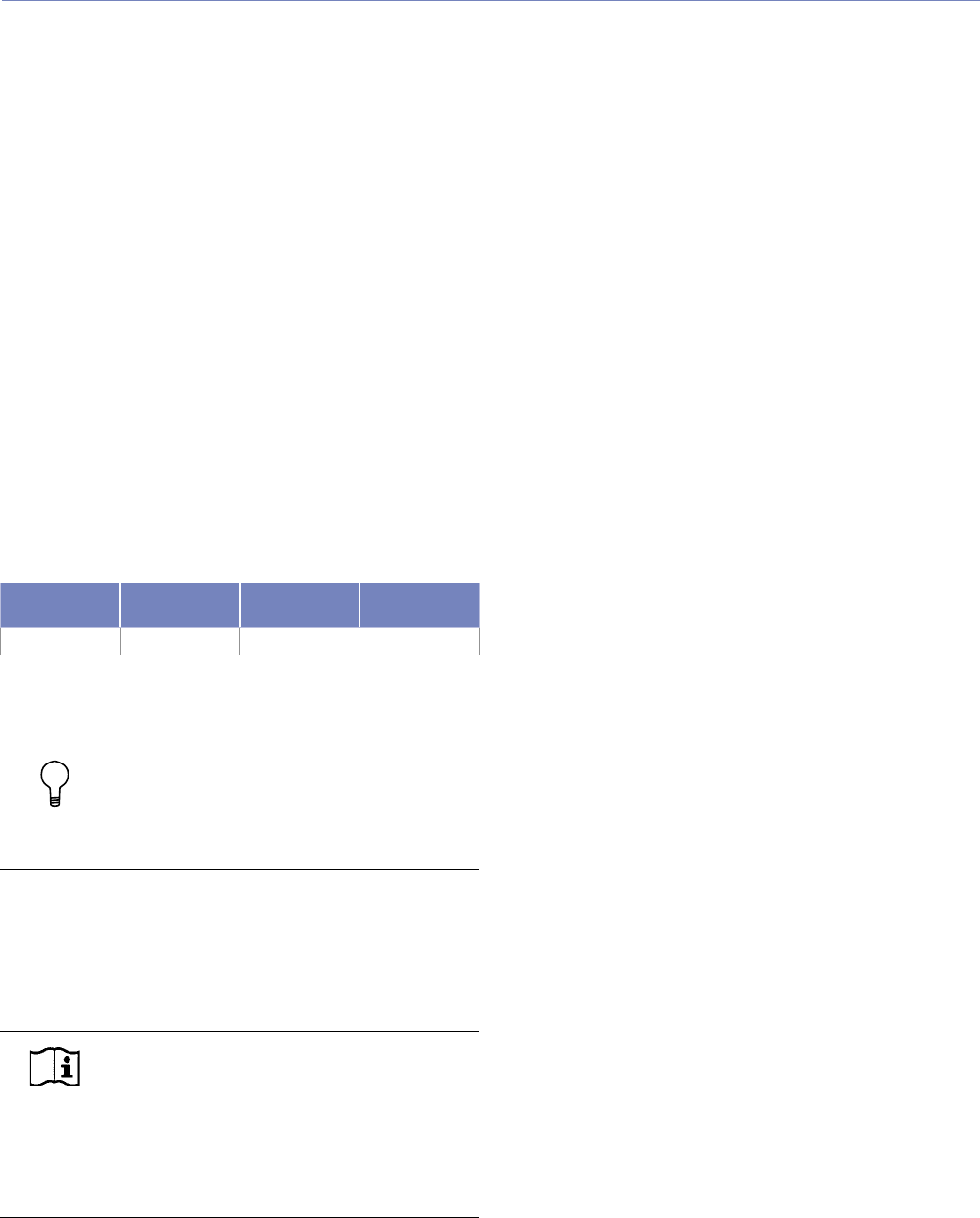
25
CHAPTER 5
Digital Signal Processors
Full-range signals may be applied to Meyer Sound’s self-
powered loudspeakers because they have built-in active
crossover circuits; external crossovers and digital signal
processors (DSP) are optional and should be used very
carefully due to phase shifts that can cause cancellations.
If DSP is used, both MILO 120 loudspeakers and subwoof-
ers should be fed from the same DSP in order to keep
their delay time the same. Otherwise you may experience
phase shift differences between MILO 120 loudspeakers
and the subwoofers. In addition, you should verify the delay
time between channels: some DSPs may develop chan-
nel-to-channel delay errors when the DSP is near maximum
throughput, which becomes more likely as the number of
filters the DSP is using increases.
In no case should a filter higher than 2nd-order be used.
The additional phase shift introduced deteriorates the im-
pulse response and higher roll-off does not improve cross-
over interaction. In fact, it is highly recommended that the
crossover/filter are set to emulate the low-cut LD-1A/LD-2/
LD-3 characteristics themselves, as shown in Table 5.3.
Table 5.3: LD-1 / LD-2 “Lo-Cut Filter” Parameters
Type Order Pole
Frequency
Q
High Pass 2
nd
(-12 dB/oct) 162 Hz 0.82*
* If the DSP does not have variable Q for high-pass filters,
the filter should be set to “Butterworth” (Q ≈ .7).
TIP: All other filters on the LD-3 are parabolic
filters with minimal phase shift; most com-
mercially available DSP devices have no presets to
emulate the LD-3’s parabolic filters.
If the loudspeakers are going to be driven directly from
the DSP, verify that the outputs of the processor have the
driving capabilities to drive the total load presented by the
loudspeakers connected to it. Please refer to the Audio
Input section on page 9 in this manual.
NOTE: When precise array design,
subwoofer integration, DSP and delay sys-
tems, and compensation for acoustical conditions
all come into play, measurement and correction
tools are a must. Meyer’s SIM measurement system,
LD-3, CP-10 parametric equalizer and the VX-1
program equalizer are highly recommended.



